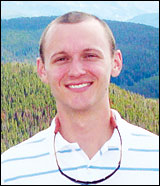
Support authors and subscribe to content
This is premium stuff. Subscribe to read the entire article.
Login if you have purchased

This is premium stuff. Subscribe to read the entire article.
With more than one million lower-limb amputations performed annually, roughly 75 percent of patients experience significant pain, which can impact...
Read more
© 2024 The O&P EDGE